Ongoing Projects
Fish Production Modeling/Production Allocation to Double-Crested Cormorants
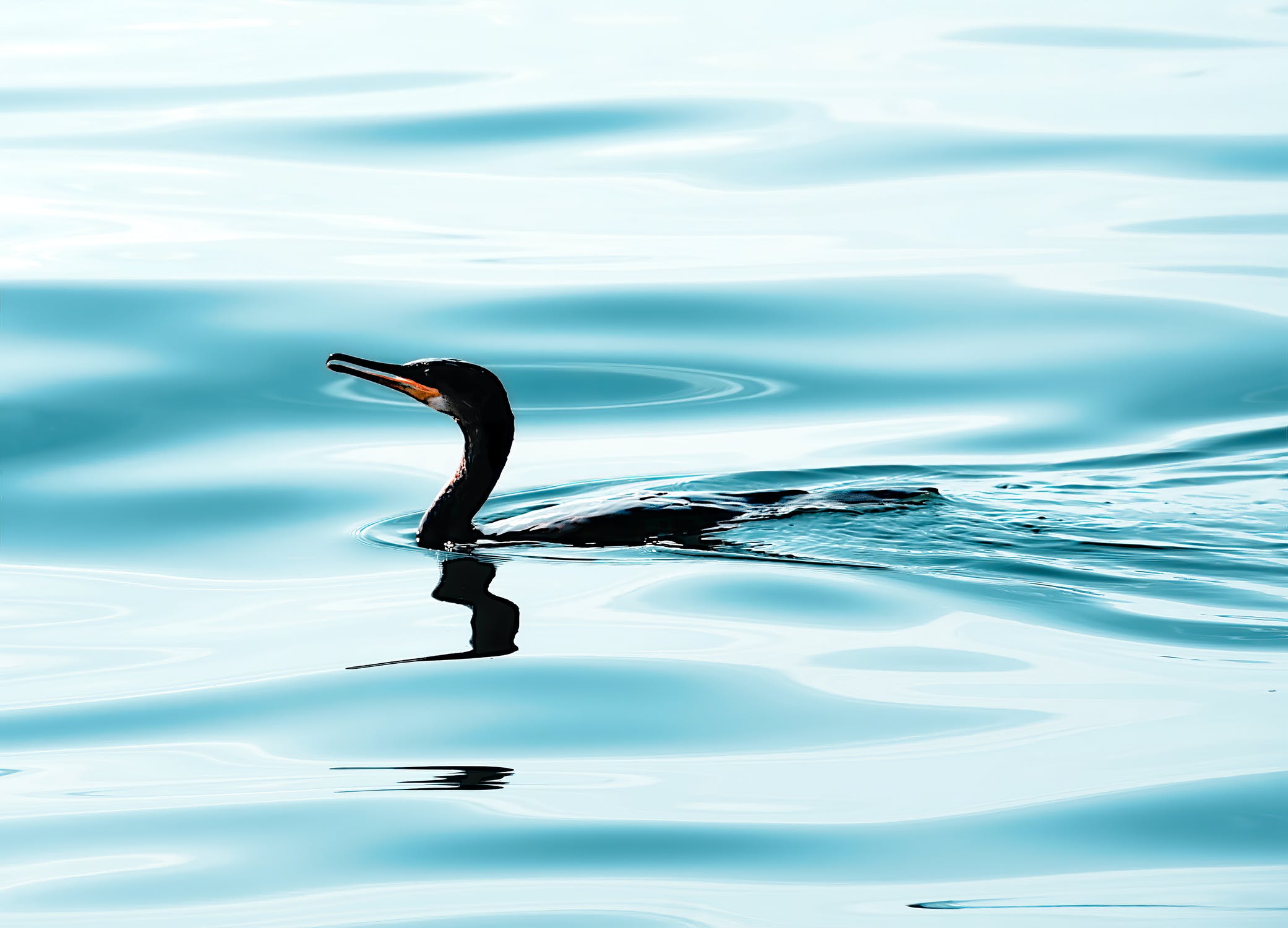
Goal/Purpose: Development of a management-support tool for determining when actions to control double-crested cormorants may be justified due to excessive predation on fish populations occurring within a colony’s feeding halo. There are two parts to the project. The first part is focused on evaluating existing published models (e.g., morphoedaphic model) for predicting potential fish community production (i.e., surplus biomass) in lakes and impoundments throughout the U.S. We additionally are looking to build new models for predicting species-specific or community production values based on readily available data that can be found in different geographic information system (GIS) databases. These prediction models are intended to provide a means for broadly assessing the capacity of a system to sustainably absorb increased predation pressure (DCCO or some other predator). The second part of the project will involve structured decision making to develop a framework for making decisions about how to allocate fish production between fishery management needs and the needs of DCCO.
Anticipated Impact: To provide federal and state agencies with a scientifically based means by which to frame resource allocation decision making with respect to double-crested cormorants and the need to control cormorant populations across a variety of water bodies
Funding Agency: U.S. Fish and Wildlife Service, U.S. Department of Agriculture Animal and Plant Health Inspection Service
QFC Staff: Travis Brenden, Kelly Robinson, Alex Maguffee
External Collaborators: Dave Fielder (Michigan DNR), Brian Dorr (USDA APHIS), Rachel Pierce (USFWS), Randy Jackson (Cornell University), Doug Schultz (Minnesota DNR), James Farquhar (New York DEC), Andrew Forbes (USFWS), Chuck Bronte (USFWS), Randy Claramunt (Michigan DNR), Robin DeBruyne (University of Toledo), Jana Lantry (New York DEC), Tom Cooper (USFWS)
Photo: Photo by Simon Matzinger from Pexels
Link: Fish production and water quality data request
LEPMAG - Lake Erie percid management advisory group
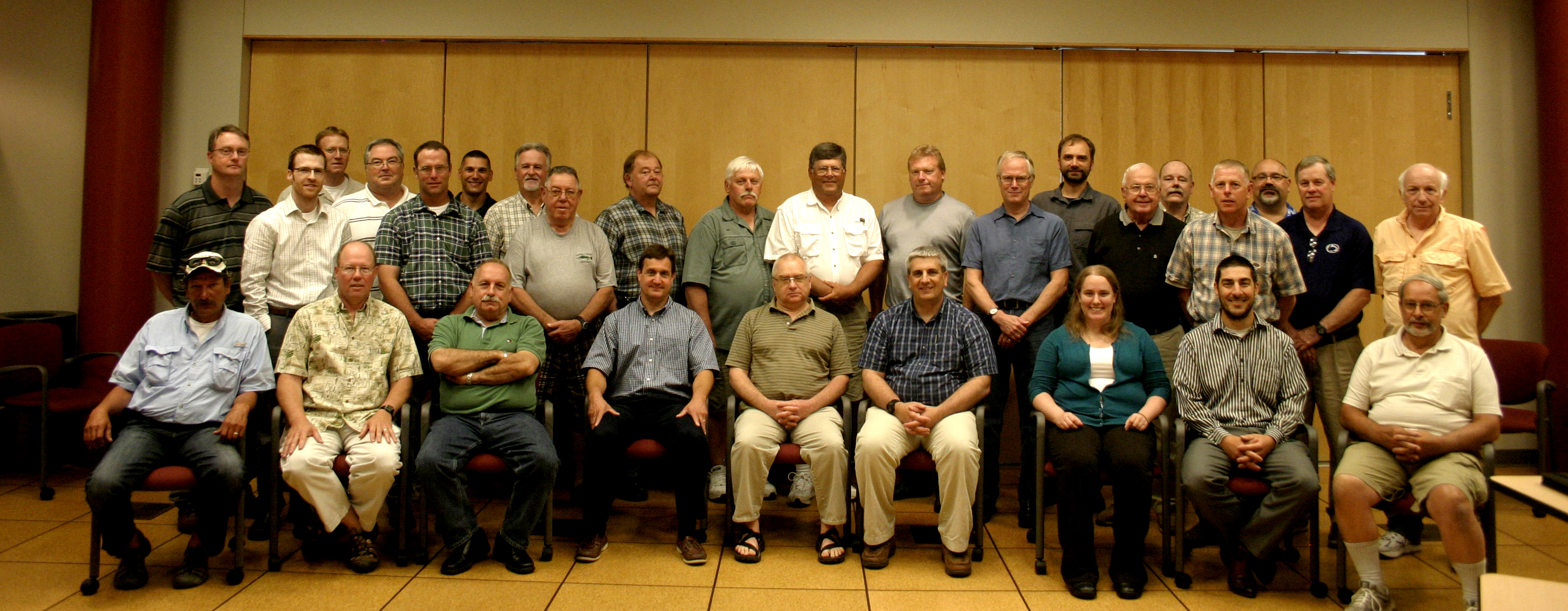
Goal/Purpose: Stakeholder-centered development of harvest control rules for Lake Erie percids
Anticipated Impact: A team of facilitator/modelers has been working with Lake Erie fishery managers and stakeholders to refine stock assessment models and develop Management Strategy Evaluation models for Lake Erie walleye and yellow perch. The walleye model has been completed and guided a change in the harvest policy for walleye fisheries, starting in 2014. New yellow perch assessment models have been adopted and development of MSE models is in progress.
Funding Agency: Lake Erie Committee agencies and the Great Lakes Fishery Commission
QFC Staff: Michael Jones, Lisa Peterson, Mark Dufour, Kelly Robinson
External Collaborators: John Dettmers, GLFC, LEC Walleye and Yellow Perch Task Group members
Comparison of decision-making techniques for selection of river connectivity projects in Michigan Fruitbelt
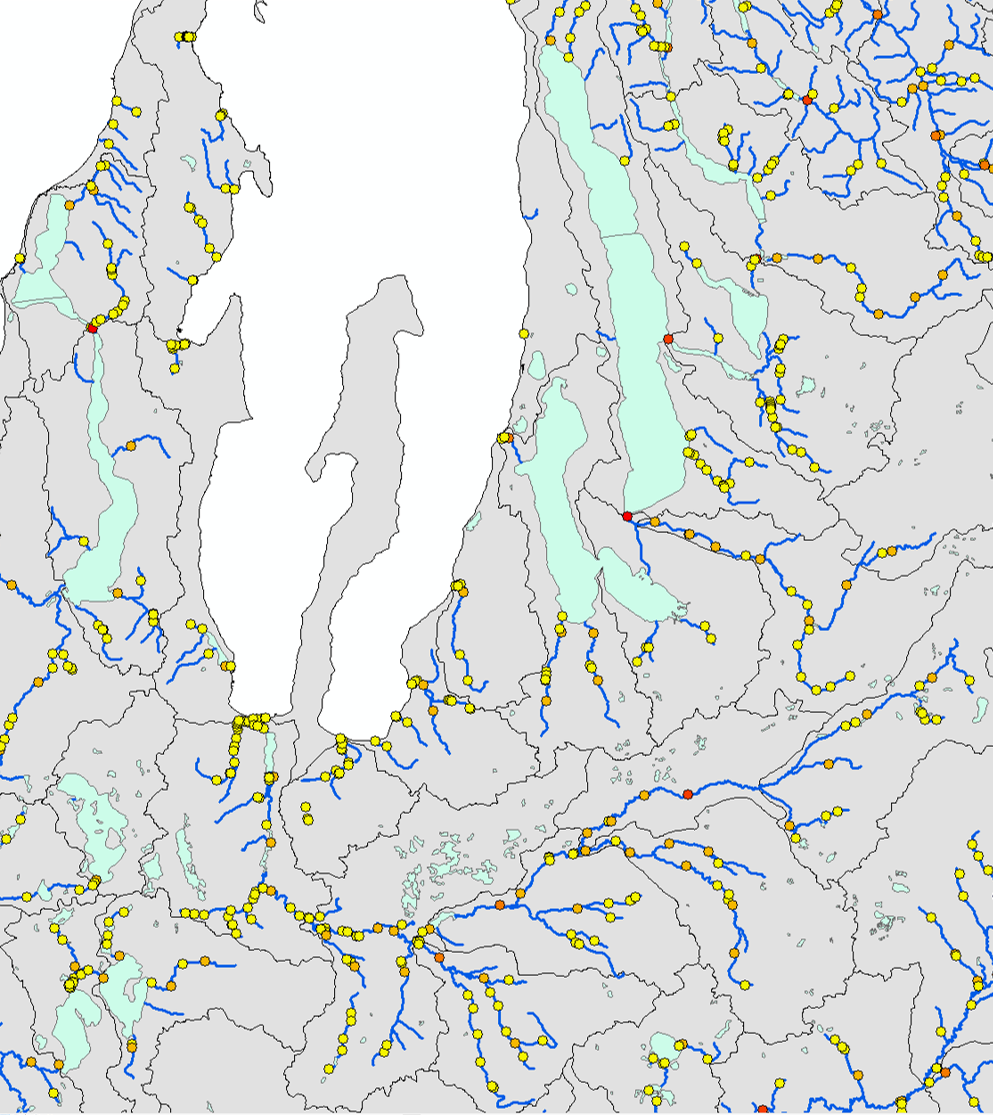
Goal/Purpose: Compare decision-making techniques for selection of river connectivity projects in Michigan Fruitbelt
Anticipated Impact: Identifying and reducing the gap between existing decision support tools and on-ground management. Providing guidelines to evaluate the effectiveness of ongoing river management plans and facilitate the initiation and improve the cost-effectiveness of future plans.
Funding Agency: Great Lakes Fishery Commission
QFC Staff: Hsien-Yung Lin, Kelly Robinson
External Collaborators: Mary Khoury (The Nature Conservancy), Austin Milt (University of Wisconsin), DJ Shook (Grand Traverse Band of Ottawa Indians), Lisa Walter (Great Lakes Fishery Commission)
SLaMSE - Sea lamprey management strategy evaluation model
Goal/Purpose: To incorporate uncertainties about sea lamprey population dynamics, population assessment, and management effectiveness into an operating model that can be used to compare sea lamprey management strategies and forecast their consequences.
Anticipated Impact: Sea lamprey management can employ a number of tools to control sea lamprey populations but must choose the best options given a fixed budget. The SLaMSE model has been used to compare alternative management strategies, evaluate larval assessment strategies, estimate economic Injury levels, assess the cost-effectiveness of pheromone-baited trapping, and examine the impacts of barrier removal. Future model upgrades will improve our understanding of the impact of unbalanced sex ratios and alternate control strategies that employ ratio-distorting genetic control.
Funding Agency: Great Lakes Fishery Commission
QFC Staff: Mike Jones, Norine Dobiesz, Alex Jensen (graduated)
External Collaborators: Heather Dawson, University of Michigan-Flint
Lake Erie grass carp structured decision-making (SDM) exercise
Goal/Purpose: To collaboratively develop an adaptive management strategy to control/eradicate the Lake 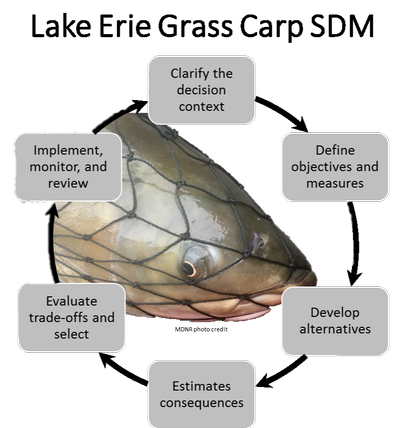 Erie grass carp population, with the flexibility to update management actions with increasing knowledge about the system. Address areas of uncertainty in the decision making process by using a variety of gear types to evaluate grass carp catchability while conducting targeted removal efforts.
Erie grass carp population, with the flexibility to update management actions with increasing knowledge about the system. Address areas of uncertainty in the decision making process by using a variety of gear types to evaluate grass carp catchability while conducting targeted removal efforts.
Anticipated Impact: Grass carp are an invasive herbivorous fish that threatens Lake Erie’s coastal wetlands. This population is successfully reproducing and has the capacity to spread within and outside of Lake Erie, therefore, is a regional concern for U.S. state, Canadian provincial and federal (U.S. and Canada) management agencies and universities. This SDM exercise will help collaboratively identify a management strategy while taking into consideration the stakeholders (i.e., agencies and universities) values in the process, ultimately aiding in cohesive implementation. Through the adaptive management process, control efforts will also provide essential information about grass carp abundance, movement, and catchability that can be used to inform future management decisions.
Funding Agency: Michigan Department of Natural Resources
QFC Staff: Kelly Robinson, Mike Jones, Mark DuFour, Lucas Nathan
External Collaborators: Multiple staff affiliated with Michigan Department of Natural Resources, US Geological Survey, US Fish and Wildlife Service, Ohio Department of Natural Resources, Illinois Department of Natural Resources, Ontario Ministry of Natural Resources and Forestry, Fisheries and Oceans Canada, University of Toledo, University of Toronto, Central Michigan University, Michigan State University, and Great Lakes Fishery Commission
Ecosystem change effects on slimy and deepwater sculpins in the Great Lakes
Goal/Purpose: To determine if slimy and deepwater sculpin populations have been affected by recent 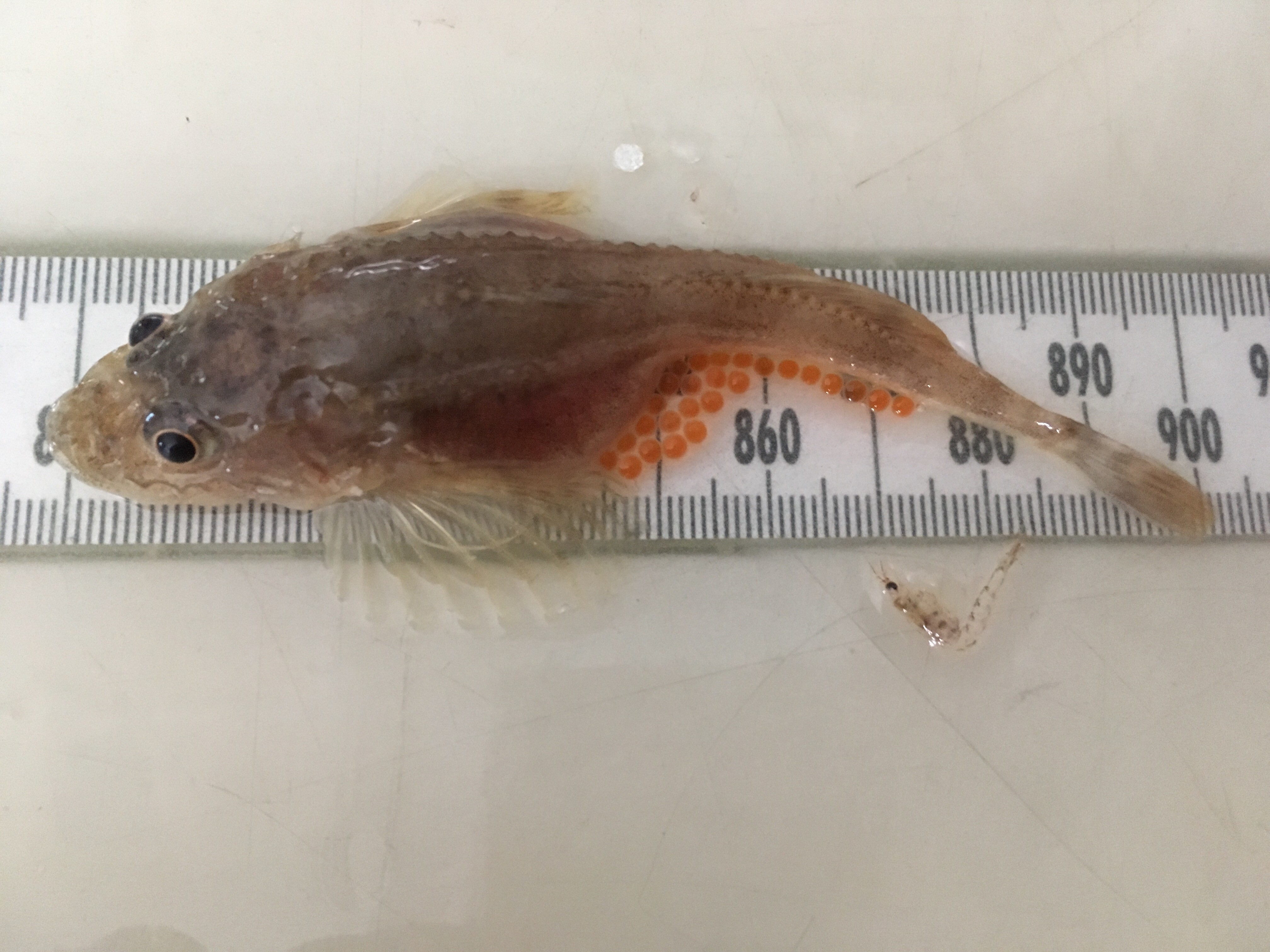 ecosystem changes, including Diporeia collapse and the invasion of round goby and dreissenid mussels in the Great Lakes.
ecosystem changes, including Diporeia collapse and the invasion of round goby and dreissenid mussels in the Great Lakes.
Anticipated Impact: This study will offer important insight regarding the impact of recent ecosystem changes, such as invasive species introduction and Diporeia declines, on sculpins in the Great Lakes, which may have major ecological implications for other species and trophic levels including lake trout and burbot that prey on sculpins. Additionally, this study will improve our understanding of deepwater systems. All of this information will broaden our knowledge on Great Lakes ecology, which will aid management decisions regarding restoration of sculpins along with other species that may also be affected by these ecosystem changes and sculpin interactions.
Funding Agency: Funded internally
QFC staff: Shea Volkel, Kelly Robinson
External Collaborators: Bo Bunnell (USGS Great Lakes Science Center), Darryl Hondorp (USGS Great Lakes Science Center), Brian Weidel (USGS Great Lakes Science Center), Stephen Riley (USGS Great Lakes Science Center), Mark Vinson (USGS Great Lakes Science Center), Ellen Marsden (University of Vermont)
Estimating survival of acoustic telemetered walleyes in the Great Lakes
Goal/Purpose: To develop approaches suitable for estimating mortality components of walleye in the 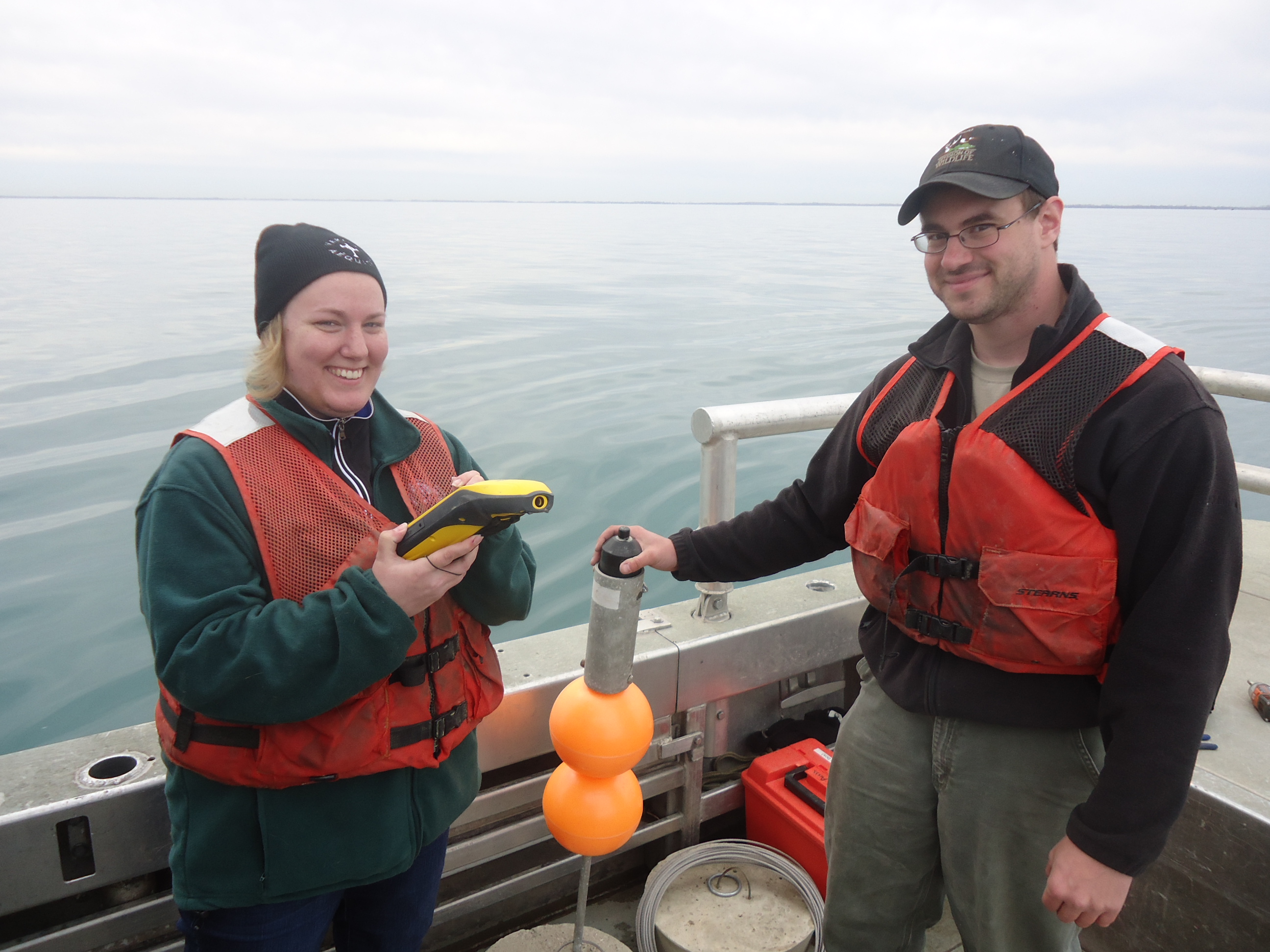 Great Lakes based on ongoing acoustic telemetry studies in Lakes Huron and Erie, assessing the performance of the estimation approaches using simulations, and using the estimation approach to estimate mortality components for the different walleye spawning populations.
Great Lakes based on ongoing acoustic telemetry studies in Lakes Huron and Erie, assessing the performance of the estimation approaches using simulations, and using the estimation approach to estimate mortality components for the different walleye spawning populations.
Anticipated Impact: The development of mortality estimation methods will provide critical information for estimation of annual quota limits set for fisheries in Canada and the U.S. The evaluation of acoustic telemetry study designs will provide guidance for researchers looking to answer similar questions about mortality using acoustic tags.
Funding Agency: Great Lakes Fishery Commission
QFC Staff: Lisa Peterson and Mike Jones
External Collaborators: Chuck Krueger (Michigan State University), Chris Vandergoot (USGS Great Lakes Science Center), John Dettmers (Great Lakes Fishery Commission)
A quantitative assessment of lake trout stocks in southwest Lake Michigan
Goal/Purpose: To develop a statistical catch-at-age analysis (SCAA) model for lake trout stocks in western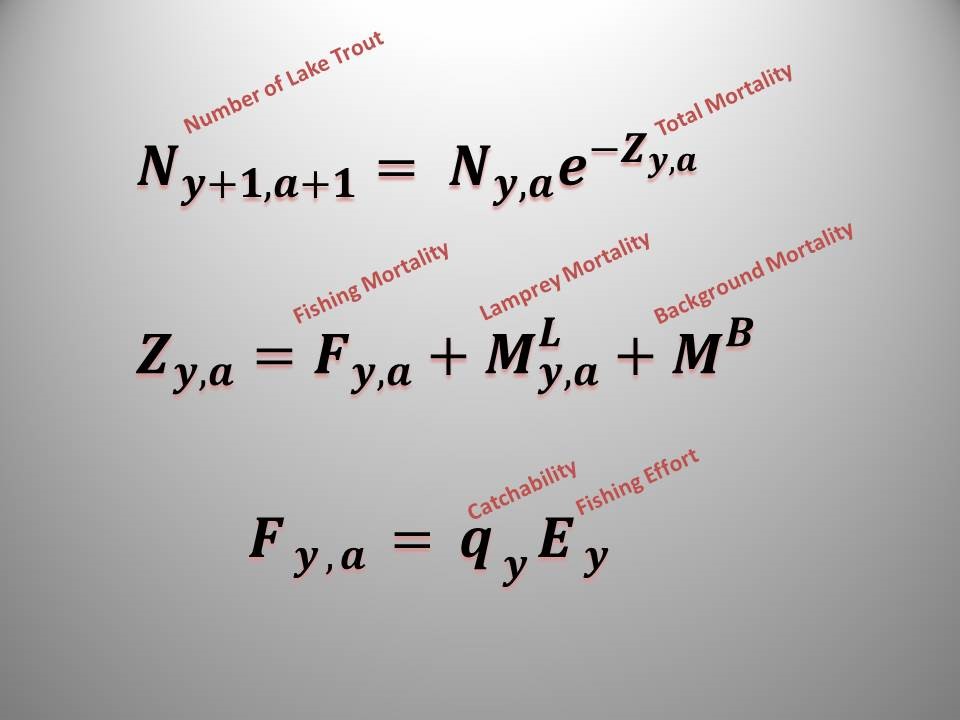 and southern Lake Michigan and use the model to estimate lake trout abundance, fishing mortality, natural mortality, recruitment levels.
and southern Lake Michigan and use the model to estimate lake trout abundance, fishing mortality, natural mortality, recruitment levels.
Anticipated Impact: SCAA models have not been applied in areas of Lake Michigan outside the 1836 Treaty ceded waters (i.e., the northeast part of the lake). This project will expand these assessments to provide lake-wide coverage. Model predictions will help provide a better understanding of the status of lake trout stocks on a lake wide basis, including making direct estimates of the abundance of wild fish in the southwest part of the lake where natural reproduction has been increasing.
Funding Agency: Great Lakes Fishery Trust
QFC Staff: Rick Clark, Jim Bence
External Collaborators: Iyob Tsehaye (Wisconsin Department of Natural Resources), Steve Robillard (Illinois Department of Natural Resources), Jory Jonas (Michigan Department of Natural Resources), Chuck Bronte (US Fish and Wildlife Service), Matt Kornis (US Fish and Wildlife Service), Charles Madenjian (USGS Great Lakes Science Center)
Tributary use and large-scale movements of grass carp in Lake Erie
Goal/Purpose: To identify grass carp tributary use in the western basin of Lake Erie, movements within those tributaries, and extent of intra- and inter-lake movement.
Anticipated Impact: This study will identify connecting tributary use by grass carp in Lake Erie and movements within connecting tributaries, which will aid in designing possible control programs for grass carp. This study will also yield information on possible inter-basin movement of grass carp in Lake Erie and help identify immediate risks to grass carp expansion into the central and eastern basins of Lake Erie and into Lake St. Clair and/or Lake Huron.
Funding Agency: Michigan Department of Natural Resources
QFC Staff: Cleyo Harris, Travis Brenden
External Collaborators: Chuck Kruger (Michigan State University), Chris Vandergoot (USGS Great Lakes Science Center), Matt Faust (Ohio Department of Natural Resources), Seth Herbst (Michigan Department of Natural Resources)
Using Simulation and Application to Evaluate the Performance of State-Space Stock Assessment Models
Goal/Purpose: The purpose of this project is to build and test a novel stock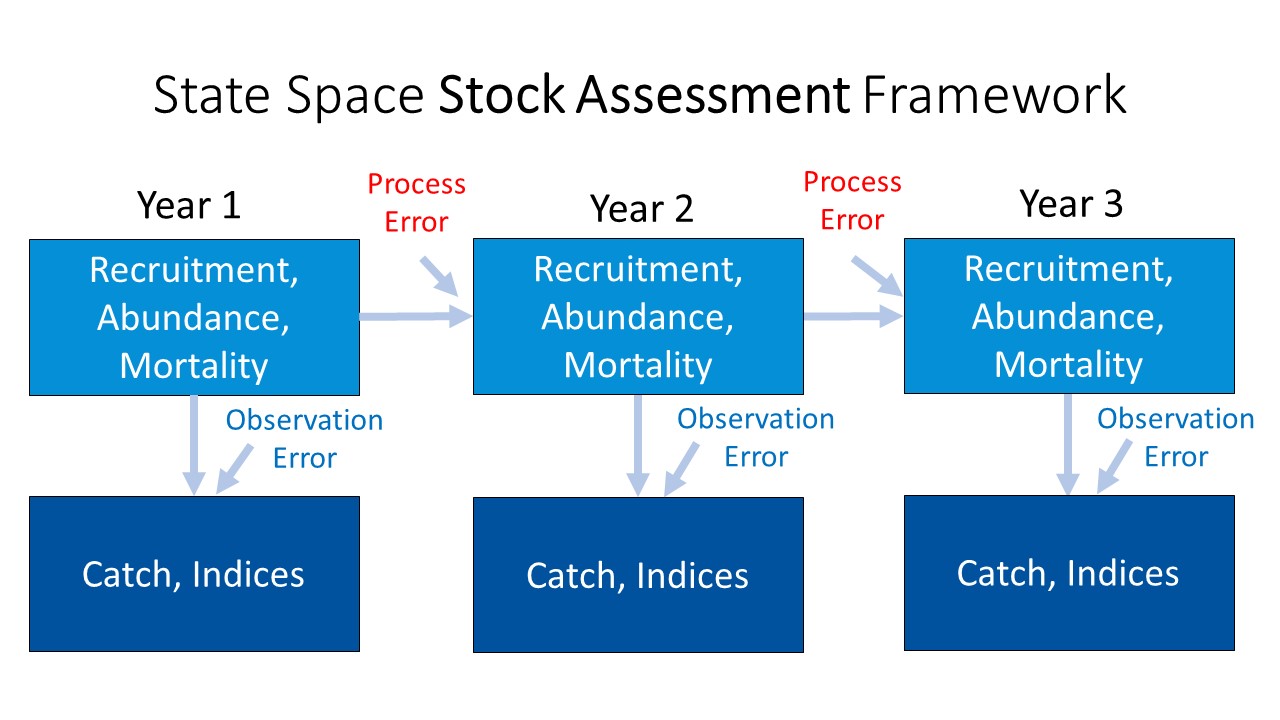 assessment model using a state-space framework. The model has primary application to Lake Michigan Lake Whitefish, but can be extended to other regions and/or species. Ultimately, we hope to better understand where and how models with this statistical framework, which can potentially increase the amount of estimated process and observation error, can offer an advantage over traditional models (i.e. in cases of low or high quality catch or effort data).
assessment model using a state-space framework. The model has primary application to Lake Michigan Lake Whitefish, but can be extended to other regions and/or species. Ultimately, we hope to better understand where and how models with this statistical framework, which can potentially increase the amount of estimated process and observation error, can offer an advantage over traditional models (i.e. in cases of low or high quality catch or effort data).
Anticipated Impact: This work will guide the understanding and management of Great Lakes Lake Whitefish by presenting an alternative modeling strategy that may better reflect the recruitment and fishing dynamics of these stocks. Our findings will also contribute to the growing body of knowledge about State-Space Stock Assessment Models.
Funding Agency: National Marine Fisheries Service and Michigan Sea Grant
QFC Staff: Emily Liljestrand, Jim Bence
External Collaborators: Jon Deroba (NOAA Northeast Fisheries Science Center)
Updating grass carp spatial population model in Lake Erie
Project Goal/Purpose: A previous region-wide spatial grass carp population model was created in Lake Erie to project grass carp abundances and examine the relative effects of grass carp removal and control efforts. Currently, we are updating several grass carp population parameters (e.g. survival, movement, and abundance) from various biological datasets that have been collected in the Great Lakes over the past several years.
Anticipated Impact: Grass carp are an invasive herbivorous fish that can decimate coastal ecosystems. Grass carp are currently spawning within the Lake Erie system, which has raised concerns they may become established and spread to other Great Lakes waterbodies. Results from the population model will assist with adaptive management efforts and will enable the assessment of the relative impacts of current removal efforts and potential management scenarios on grass carp abundance throughout Lake Erie.
Funding Agency: Michigan Department of Natural Resources
QFC Staff working on the project: Kelly Robinson and Justin Bopp
External Collaborators: Michigan Department of Natural Resources, University of Toledo, Ohio Department of Natural Resources, Ontario Ministry of Natural Resources and Forestry, Great Lakes Fishery Commission, US Geological Survey, US Fisheries and Wildlife, Illinois Department of Natural Resources.
Evaluating the timing and external factors of grass carp migration in the Sandusky River, OH: Implications to proposed spawning barrier
Project Goal/Purpose: To understand the environmental factors that influence grass carp migration and evaluate interannual variability in migration timing at an upstream spawning site in the Sandusky River.
Anticipated Impact: State and federal management agencies are planning to deploy a spawning barrier near a grass spawning site in the Sandusky River in efforts to limit recruitment. Results from this study will be used to help inform the optimal deployment timing and duration of a seasonal grass carp spawning barrier. This study will also provide insight into the implications of a grass carp spawning barrier on native fish spawning and movement in the Sandusky River (e.g. walleye).
Funding Agency: Michigan Department of Natural Resources
QFC Staff working on the project: Travis Brenden, Justin Bopp, and Matthew Faust
External Collaborators: Robert Krause (USGS Great Lakes Science Center), James Roberts (USGS Great Lakes Science Center), Chris Vandergoot (USGS Great Lakes Science Center), Lucas Nathan (Michigan Department of Natural Resources).
Spatial and thermal ecology of lake trout in Lake Erie
Project Goal/Purpose: To determine how reintroduced lake trout use spatial and thermal habitat throughout Lake Erie.
Anticipated Impact: Lake trout are a focus of cold-water ecosystem rehabilitation efforts throughout the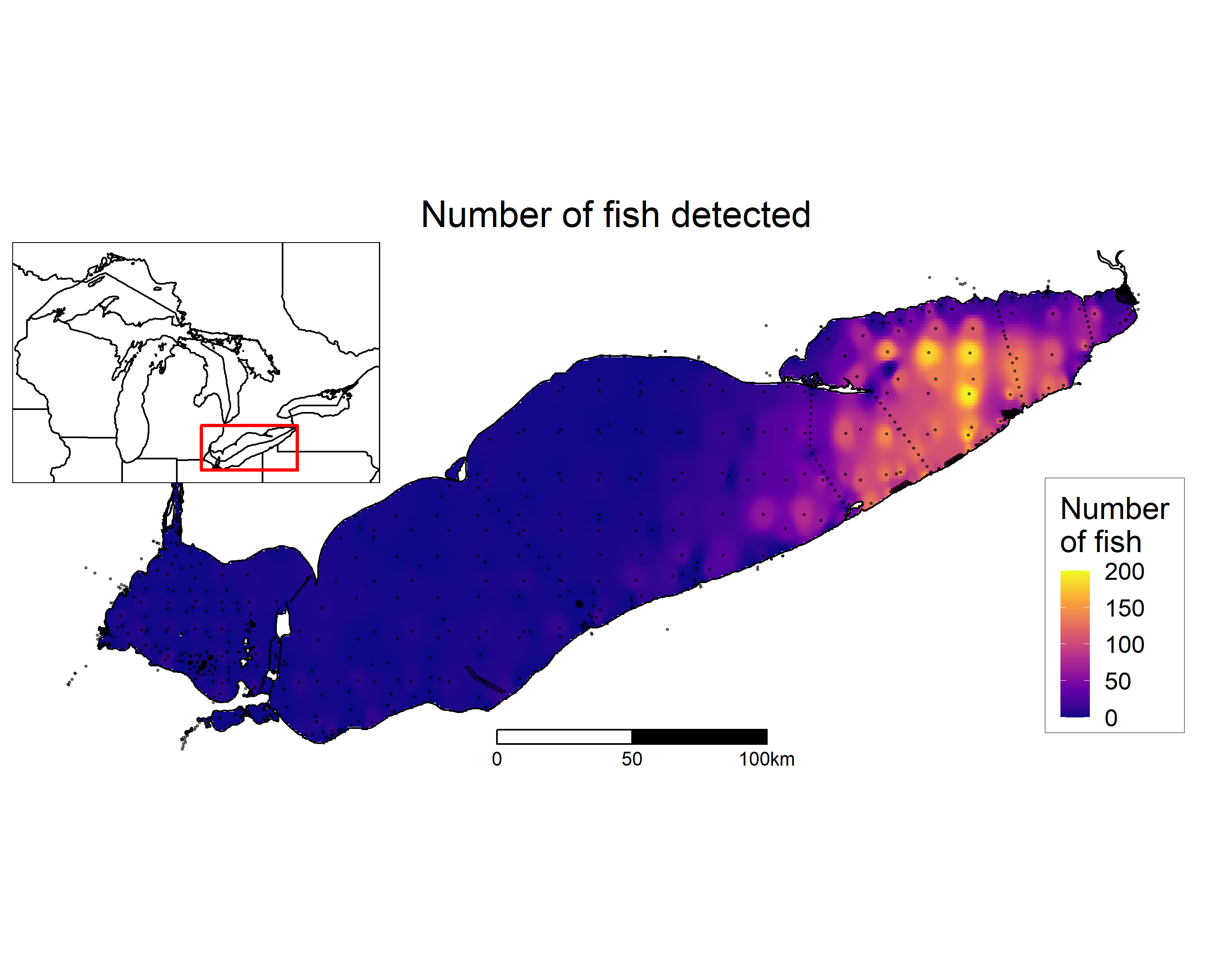 Great Lakes. However, rehabilitation efforts in Lake Erie have been unsuccessful due to a lack of natural recruitment. This project aims to shed light on the space use and thermal ecology of adult lake trout to inform management and reestablishment of this native, ecologically important species.
Great Lakes. However, rehabilitation efforts in Lake Erie have been unsuccessful due to a lack of natural recruitment. This project aims to shed light on the space use and thermal ecology of adult lake trout to inform management and reestablishment of this native, ecologically important species.
Funding Agency: Great Lakes Fisheries Commission, Great Lakes Fish and Wildlife Restoration Act
QFC Staff working on the project: Tyler Funnell, Chris Vandergoot, Travis Brenden
External Collaborators: Jim Markham (New York State Department of Environmental Conservation), Tom MacDougall (Ontario Ministry of Natural Resources and Forestry), Richard Kraus (US Geological Survey), Chuck Murray (Pennsylvania Department of Conservation and Natural Resources)
Accounting for Modifications to Long-Term, Standardized Fisheries Surveys within Statistical Catch-at-Age Assessment Models
Project Goal/Purpose: Sustainable management of exploited fish populations requires adequate fisheries-dependent and fisheries-independent monitoring data to inform decision making. 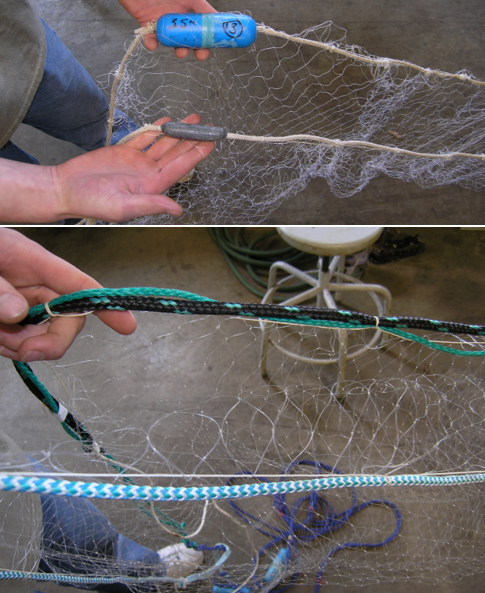 The utility of collected data for indexing the at-large population depends on consistent use of standardized protocols, yet situations can arise where changes in survey equipment or procedures are necessary. Similarly, initiation of new fishery-independent surveys and the desire of fishery managers to incorporate survey results into the quota setting process, particularly with intensively managed fisheries that rely heavily on integrated assessment modeling, are also issues that fisheries managers commonly need to address. Despite these seemingly common issue, little guidance exists to address questions such as length of time before a new survey can be incorporated in a statistical catch-at-age model or how best to accommodate a gear change within an existing survey.
The utility of collected data for indexing the at-large population depends on consistent use of standardized protocols, yet situations can arise where changes in survey equipment or procedures are necessary. Similarly, initiation of new fishery-independent surveys and the desire of fishery managers to incorporate survey results into the quota setting process, particularly with intensively managed fisheries that rely heavily on integrated assessment modeling, are also issues that fisheries managers commonly need to address. Despite these seemingly common issue, little guidance exists to address questions such as length of time before a new survey can be incorporated in a statistical catch-at-age model or how best to accommodate a gear change within an existing survey.
Anticipated Impact: Results from this research will provide guidance to fishery managers that use statistical catch-at-age assessment models in the management of fish stocks on how to deal with survey gear changes or initiation of new surveys within the assessment model framework.
Funding Agency: Ohio Division of Wildlife, Quantitative Fisheries Center supporting partners
QFC Staff Working on the Project: Matt Faust, Travis Brenden
External Collaborators: Lake Erie Walleye Task Group
The Consequences of Connectivity
Project Goal/Purpose: The goal of this research is to evaluate the ecological, social, and economic consequences and tradeoffs of enhancing connectivity for migratory fishes via barrier removal and/or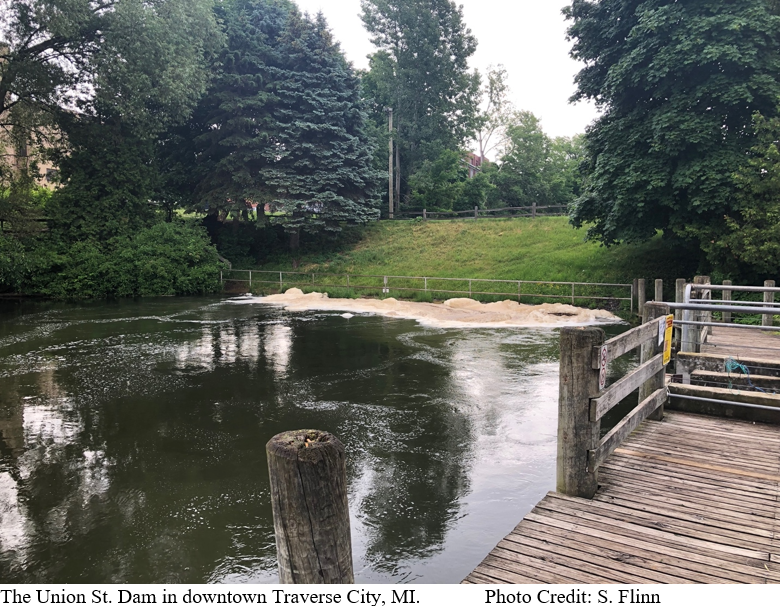 renovation. Stakeholder values and objectives are elicited through the Structured Decision Making process and predictive models are built to forecast the response of fish populations to potential management alternatives and better understand the “consequences of connectivity.” Predictive modeling includes the development of several species-specific individual based models. The results of modeling are used by stakeholders to evaluate and make trade-offs among the alternatives and determine the degree to which each alternative meets their objectives.
renovation. Stakeholder values and objectives are elicited through the Structured Decision Making process and predictive models are built to forecast the response of fish populations to potential management alternatives and better understand the “consequences of connectivity.” Predictive modeling includes the development of several species-specific individual based models. The results of modeling are used by stakeholders to evaluate and make trade-offs among the alternatives and determine the degree to which each alternative meets their objectives.
Anticipated Impact: The results of this research will inform the Michigan DNR of fish passage scenarios that are most acceptable to stakeholders and result in production of desired fishes while limiting production of undesirable fishes. This research will also result in the development of a modeling framework that can be used to evaluate the outcomes of future barrier removal and renovation projects throughout the Great Lakes basin and elsewhere.
Funding Agency: Great Lakes Fishery Commission
QFC Staff working on the project: Dr. Kelly Robinson and Shane Flinn
External Collaborators: Great Lakes Fishery Commission, Michigan DNR, Grand Traverse Band of Ottawa and Chippewa Indians, Traverse City stakeholder group



 Print
Print Email
Email